What inclusive mobility solutions can improve the accessibility of public transit? Are they cost-effective? The answer lies with phygital…
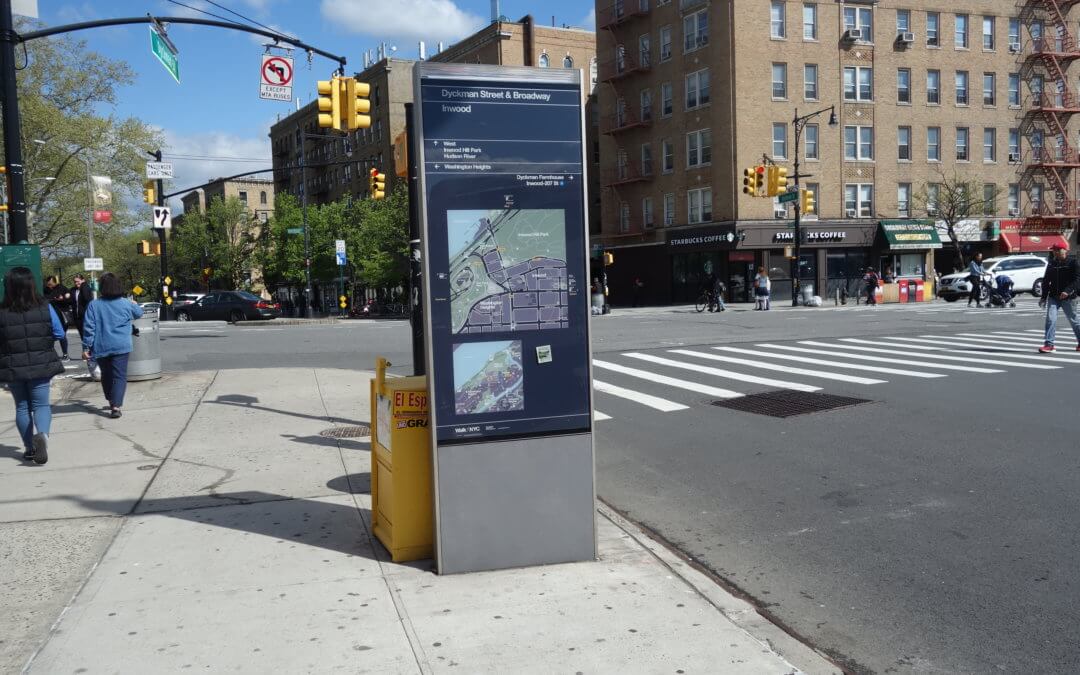
The Ultimate Guide to Pedestrian Wayfinding: Understand the Needs and Take Action in Your City
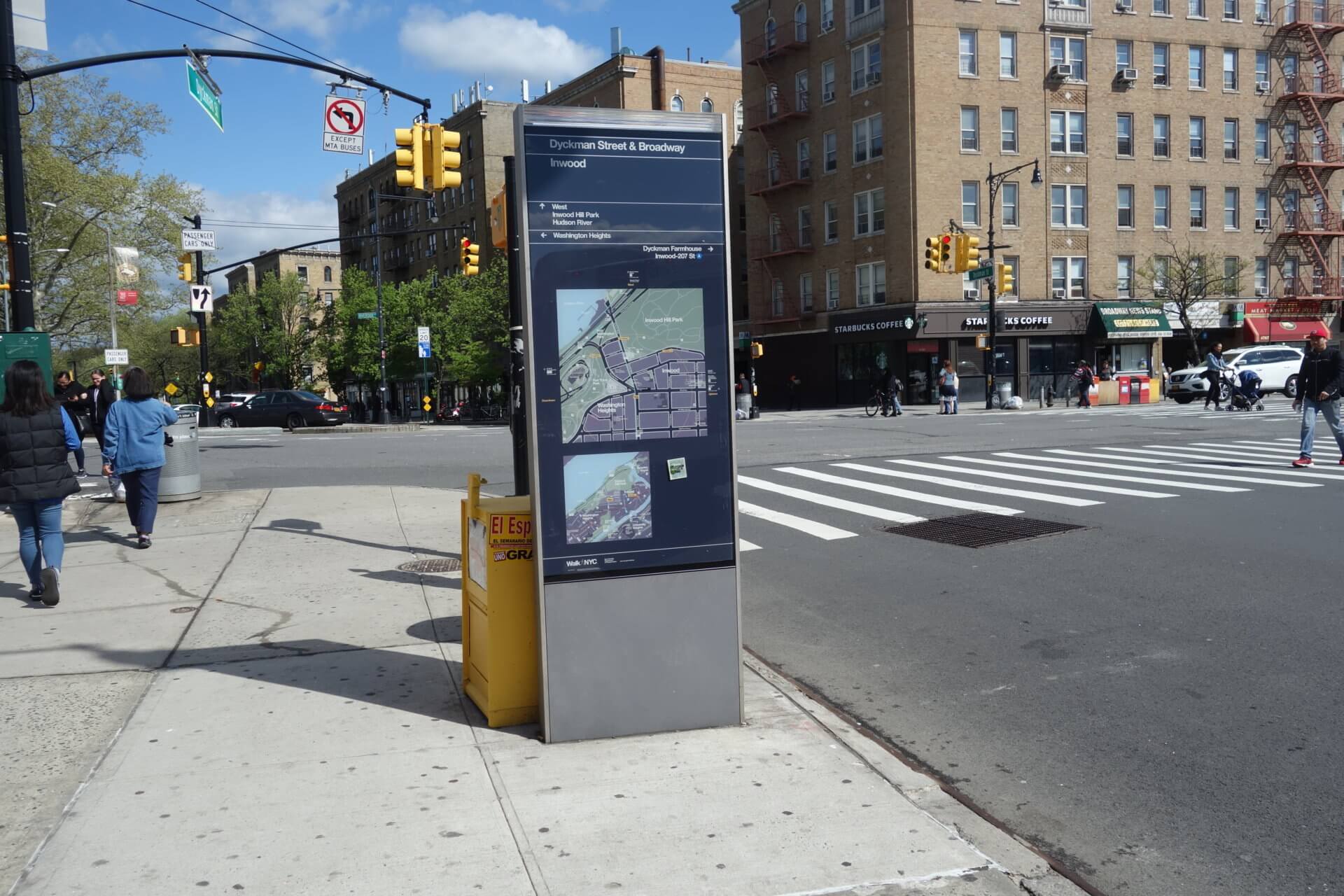
The Ultimate Guide to Pedestrian Wayfinding: Understand the Needs and Take Action in Your City
Vous êtes-vous déjà perdu en ville ou dans un bâtiment complexe ? Avec la densification des zones urbaines, de bons systèmes d’orientation constituent une avancée majeure pour favoriser l’autonomie des piétons. Pour améliorer l’accessibilité piétonne, les meilleures pratiques en matière d’orientation encouragent et permettent aux gens de marcher plus souvent vers davantage de destinations.
Cet article rassemble toutes les informations nécessaires pour répondre aux besoins de tous les publics, les solutions existantes et leur mise en œuvre dans votre ville. Vous disposerez ainsi de toutes les clés pour agir et aider tous les citoyens à s’orienter, quels que soient leur handicap, leur âge et leur connaissance du territoire.
Donnons du pouvoir à tous les piétons !
Pourquoi l’orientation piétonne est-elle importante dans une ville ?
Les systèmes d’orientation piétonne sont essentiels en ville, car ils fournissent des informations sur l’environnement et permettent une marche fluide et cohérente. Ils fournissent des informations précises, claires et de qualité, fluidifiant ainsi les flux et rendant les citoyens aussi autonomes que possible.
Selon SEGD, Wayfinding fait référence aux « systèmes d’information qui guident les personnes à travers un environnement physique et améliorent leur compréhension et leur expérience de l’espace ».
Les solutions d’orientation fournissent la bonne information au bon moment et permettent aux usagers de se construire facilement une carte mentale d’un espace. Elles rendent l’environnement lisible et navigable. L’utilisation de systèmes d’orientation contribue également à améliorer l’expérience utilisateur et le plaisir des piétons.
Les systèmes d’orientation encouragent également la marche. En ville, la marche est essentielle car elle contribue à réduire la pollution et le changement climatique. Elle améliore également la santé. De plus, un piéton est plus enclin à consommer qu’un automobiliste, ce qui a un impact direct sur l’économie d’une ville. D’un point de vue social, la marche favorise l’égalité et renforce les liens sociaux entre les habitants. Enfin, marcher en ville facilite l’utilisation du vélo et des transports en commun.
En d’autres termes, les informations fournies par les systèmes d’orientation ont un impact majeur sur la situation économique, sociale et le bien-être de tous.
Quels sont les besoins en matière d’orientation piétonne ?
Le besoin fondamental en matière d’orientation piétonne est de pouvoir se déplacer dans l’espace public et privé pour atteindre sa destination. Aller d’un point A à un point B sans difficulté et sans se perdre.
Lorsqu’une personne se déplace à pied, tous ses sens sont en éveil. Un système d’orientation piétonne fournit des repères sensoriels. Il peut solliciter la vue grâce à une signalisation visuelle, l’ouïe par la transmission d’informations sonores, l’odorat par l’orientation par les odeurs, etc.
Un système d’orientation piétonnier conventionnel répond donc au besoin premier d’orientation et de sécurité grâce à des informations sensorielles.
Nous allons maintenant examiner les besoins des utilisateurs en fonction de leur situation. Veuillez cliquer sur la situation qui vous correspond le mieux :
Residents of a city that doesn’t have any disbility need occasional help in case of uncertainty. Wayfinding solutions then fills a grey area for example when the person doesn’t know the neighborhood well or if roadworks change the usual walking route.
A resident doesn’t need to be guided step by step but rather have a glimpse of the global journey to reassure himself in the choice of the walking itinerary. He will rely on familiar landmarks to get his way round.
Non-resident persons without disability are little familiar with their environment and therefore need help to find their way round the city. Business travelers need to find their hotel and their place of work. Tourists need to know the location of touristic places to visit, to discover the city and to know where they are. They all need to be guided step by step for the duration of their stay.
In addition to the needs of sighted people, blind pedestrians have specific needs due to their disability.
First of all, they need to appeal to a different sense than sight to find their way. Blind people necessitate non-visual cues such as tactile or auditory cues.
Another need is to feel safe while walking. Without sight, the danger is more difficult to apprehend. Wayfinding systems make it possible to overcome the visual deficit by providing clues soliciting other senses.
A blind person also needs to be able to preview his itinerary step by step before departure. Knowing the key steps is essential to anticipate changes of directions, pedestrian crossings, number of bus stations etc.
The need for reassurance and comfort in moving is also essential. A person who does not see wants to know if the path he is taking is the right one.
Finally, the need for autonomy is also essential to take into account. A blind or visually impaired person wants to be able to move alone without having to seek the help of a third person.
People with physical disabilities need to go to a destination based on their motor skills. They need to know where to go to find accessible sidewalks, elevators, slopes, etc. The importance of having a path adapted to their disability is essential.
Wheelchair users have low visibility due to their height. They need information within reach. They also have the desire to be empowered and to be completely sure that the route is accessible before following a path.
Deaf people need visual information to walk safely. Visual guidance is indeed important to meet their needs. Allowing them to get a view of their destination point is very helpful.
media

The information provided by wayfinding systems has a major impact on the economic, social and well-being of all.
writer

Zoe Gervais
Content Manager
stay updated
Get the latest news about accessibility and the Smart City.
other articles for you
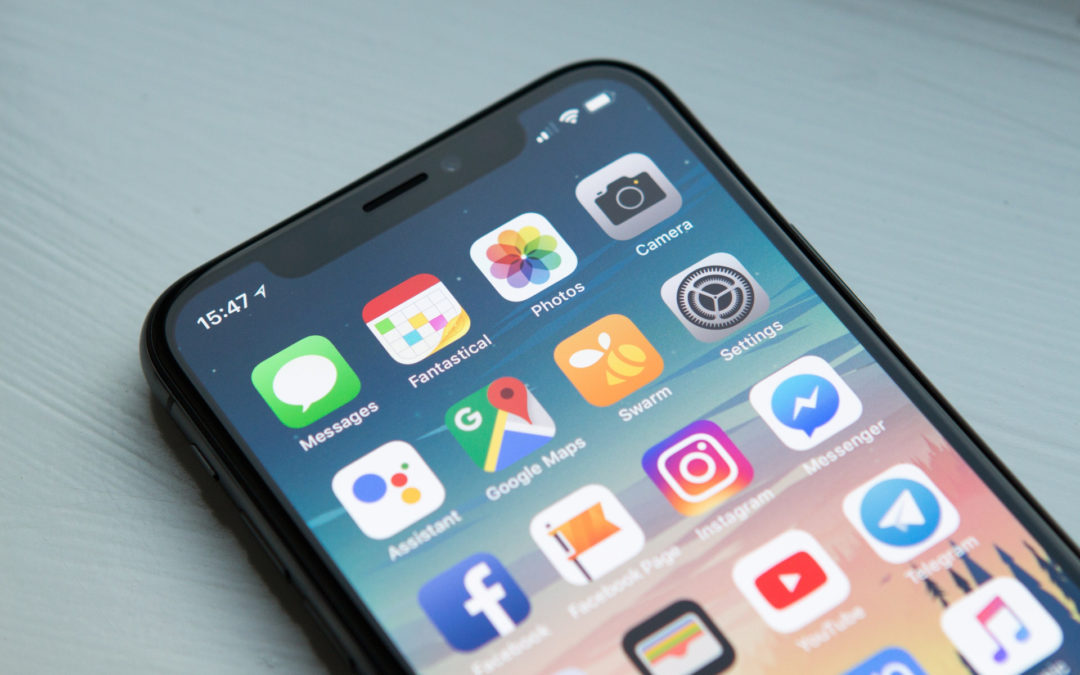
5 Must-Have Apps for People with Intellectual Disabilities
There are a lot of apps for people with intellectual disabilities to help them be organized and remain autonomous.
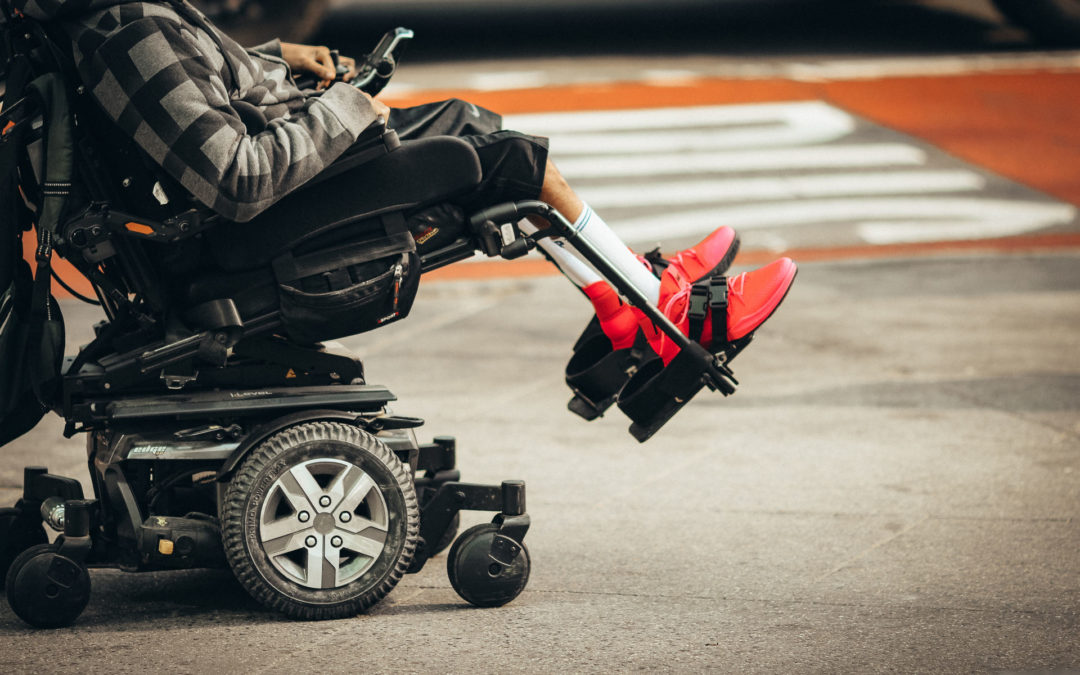
What Accessibility Solutions for Different Types of Physical Disabilities?
There are a multitude of physical disabilities and consequently, people with different ways of getting around. What about improving accessibility for them?
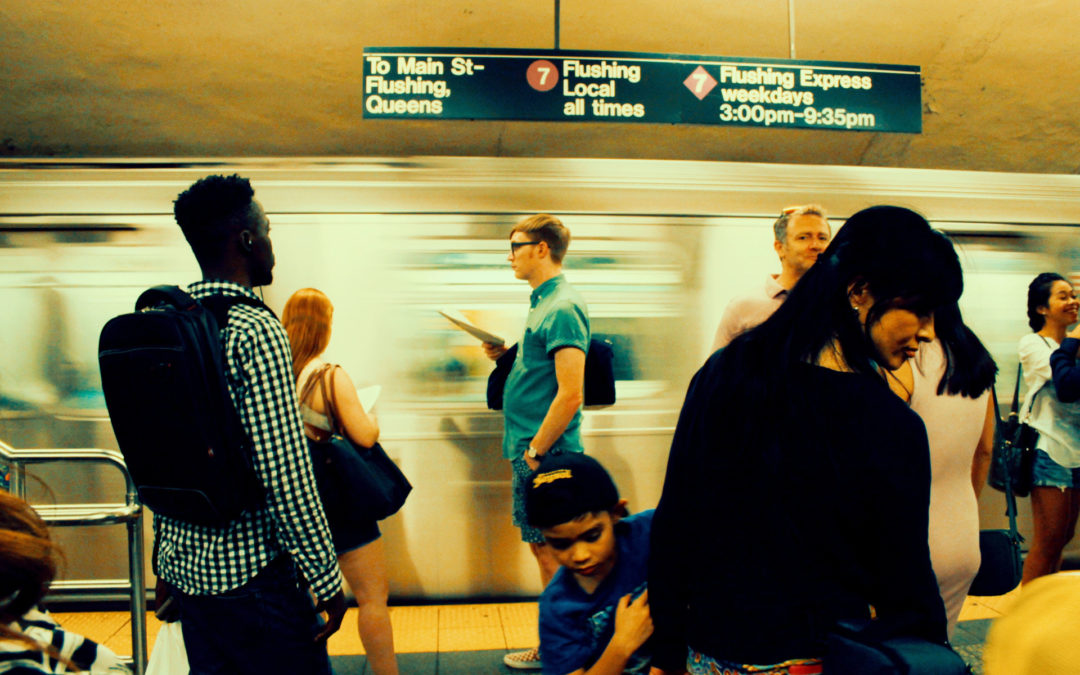
How Innovation Promises to Revolutionize Accessibility in the New York City Subway
The MTA has turned to innovative solutions to improve the accessibility of its network!

Hearing Impaired People: a Multitude of Profiles for Different Needs
You may be familiar with deaf and hard of hearing people but there’s actually a whole range of hearing impairments!
share our article!
Complex built environment and city managers are looking for lower guided assistance costs. The economic challenge also lies in welcoming tourists. A city that informs its tourists favors its economy.
In addition, conveying a strong image by taking into account all types of disabilities is often challenging for decision makers.
Decision-makers and site managers therefore have an economic and image need to meet.
For signage installers, the set-up and the maintenance must be easy and accessible. Power connection must be minimal. They also need solutions that respect the standards of the public space: high, hygiene, solidity etc.
For digital solution designers, mapping updates must be made on a regular basis.
What are the existing wayfinding solutions?
After reviewing and understanding the needs of different groups of the population, let’s talk about existing wayfinding solutions from around the world.
Please click on the solution to access the information:
• Human solutions
Help of passersby
Benefit for end-user: human contact
Drawbacks for end-users : not reliable, not always easy to go up to a stranger in the street, impossible when there isn’t any one to ask
Wheelchair and guided assistance
Benefits for end-user: human contact, reliable, reassuring, less stressing
Drawbacks for end-users : less autonomy, need to book ahead, less spontaneity
Benefits for site managers: gives a positive image, complies with the law
Drawbacks for site managers: expensive, resource-intensive, takes time, misuse and abuse from people
• Visual solutions
Classic or connected signage
Benefits for end-user: allows to find one’s bearings with ease
Drawbacks for end-users: possible contrasts problems, too high, not multilingual, impossible to understand when illiterate, hard to update, can be poorly positioned, no audio information, infrequent
Benefits for decision-maker: streamlines human flows, attracts tourists
Drawback for decision-makers: costly maintenance, vandalism, update
• Audio solutions
Audio beacons
Benefits for end-user: guidance and vocalization of the information, variety of audio messages, most efficient solution for blind people to walk independently and to find landmarks
Drawbacks for end-users: beacons need to be named well by the site manager, the triggering application is energy consuming
Benefits for decision-makers: accessibility of the place, attracts more visitors, proven effectiveness, connected device
Accessible Pedestrian Signals (APS)
Benefits for end-users: pedestrian safety, customizable, some Accessible Pedestrian Signals indicate the name of the streets, autonomy
Drawbacks for end-users: Accessible Pedestrian Signals that don’t require a remote control or a smartphone activation are noisy
Benefits for decision-makers: easy to install as they are compliant with all pedestrian signals, affordable, reduces noise pollution, ready for standards laws and needs, provides urban connectivity
• Digital solutions
Outdoor journey planner
Google maps, Apple maps, Bing maps, Here WeGo, Maps.me, Qwant Maps, Osmand…
Benefits for end-users: allows to know its location in real time, preferred features
Drawbacks for end-users: mapping is not always intuitive, doesn’t work indoor
Drawbacks for designers: needs to be updated on a regular basis
Indoor mapping
Benefits for end-users: ability to get information about an indoor location, step by step or from points of interests guidance, connection using other technologies than outdoor navigation app, customizable information according to personal preferences
Benefits for decision-makers: long-term savings over wheelchair/guided assistance and signage
Other digital pedestrian wayfinding solutions
- Wayfinding apps for disabled: Wayfindr, Evelity, AudiblEye, BlindNavi, BlindSquare, Streetco, ClickAndGo, RightHear…
- Wayfinding apps for tourists: the Official Montreal App City Guide, Visit London app, Detour, Where to go…
- Wayfinding apps for sports: ViewRanger, SityTrail, Strava, RunKeeper
How to Implement a Wayfinding Solution? 10 Steps to Take Action!
- Understand the needs and expectations from users: start from analyzing the needs of people with disabilities who have specific needs to expand to all audiences. Understand the needs of the users according to the people who visit the place (daily users, occasional, punctual). For each type of person arise different needs and problems,
- Analyse the environment: strengths and weaknesses of the environment. Take into account the constraints of the place,
- Consult with users: interview the end-users to confirm their needs, take time to get to know them, follow them in their journeys etc. This will allow to understand the mobility chain and solve all the problems encountered in their journeys,
- Choose the wayfinding solution that best fits the needs of the audience: human, visual, audio or digital,
- Choose the guiding solution: for digital solutions, the choice of guiding solution is important. It can be a step-by-step or strategic landmarks guidance,
- Prototype the solution,
- Test the solution with end users: use the Agile method in order to keep all the stakeholders involved in the development cycle. Have the solution tested at several stages of creation process,
- Produce the solution: use designers to create the best wayfinding solution possible,
- Develop the solution: this step requires technical skills inherent to the choice of guidance system,
- Install the solution: even for most digital solutions, on-site installation is required. It can range from beacon installation as landmarks to the installation of signage.
You now have all the keys to set up pedestrian wayfinding solutions in your city. Keep in mind that an accessible system for blind people will also be accessible for everyone. So, design for the most vulnerable people and you will reach everyone.
Over the past 50 years, most wayfindings systems were orientated for drivers. People on foot have been forgotten. The 21st century stakes have evolved especially because of climate change, fuel prices, personal health, obesity and urban livability. Pedestrian wayfinding is one of the solutions that answers to all of these major issues.
As a decision-maker, help make your city more walkable, legible and liveable for everyone!
If you like this article, you will also like this one: Making Public Transport Information Accessible to Disabled People
more articles

Hearing Impaired People: a Multitude of Profiles for Different Needs
Hearing Impaired People: a Multitude of Profiles for Different Needs Did you know that hearing impaired people have several profiles and that the way they identify themselves is important? You may be familiar with deaf and hard of hearing people but for each of...

The Montreal Metro on the Way to Universal Accessibility
The Montreal Metro on the Way to Universal AccessibilityWith 1.36 million passengers per day, the Montreal metro is the first network in Canada and the third in North America behind New York City and Mexico City. The network, which was inaugurated on October 14, 1966...

Accessibility Data Collection: a Huge Challenge for Cities and Transit Networks
Accessibility Data Collection: a Huge Challenge for Cities and Transit NetworksIt has been around ten years since we massively adopted the use of GPS on our smartphones. But while this tool is extremely helpful for car journeys, it is much less efficient to calculate...

Artificial Intelligence and Accessibility: Examples of a Technology that Serves People with Disabilities
Artificial Intelligence and Accessibility: Examples of a Technology that Serves People with DisabilitiesBeaucoup d'entre nous pensent que l'intelligence artificielle est une notion abstraite et futuriste que l'on ne voit que dans les films de science-fiction, avec ses...
NEVER miss the latest news about the Smart City.
Sign up now for our newsletter.
Unsubscribe in one click. The information collected is confidential and kept safe.
powered by okeenea
The French leading company
on the accessibility market.
For more than 25 years, we have been developing architectural access solutions for buildings and streets. Everyday, we rethink today’s cities to transform them in smart cities accessible to everyone.
By creating solutions ever more tailored to the needs of people with disabilities, we push the limits, constantly improve the urban life and make the cities more enjoyable for the growing majority.

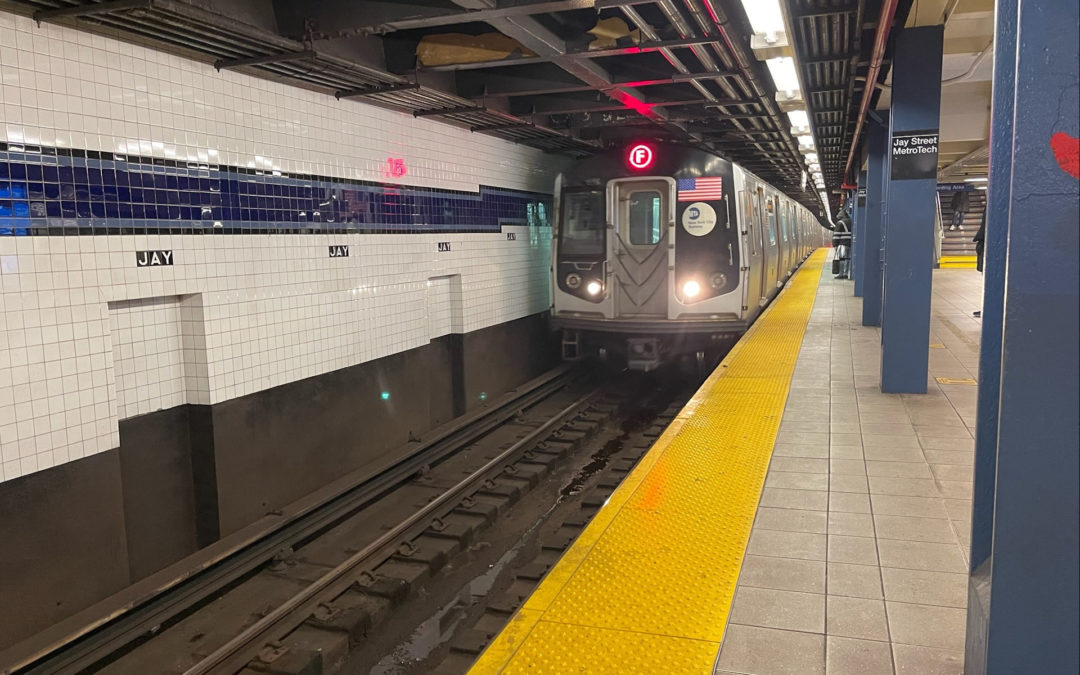
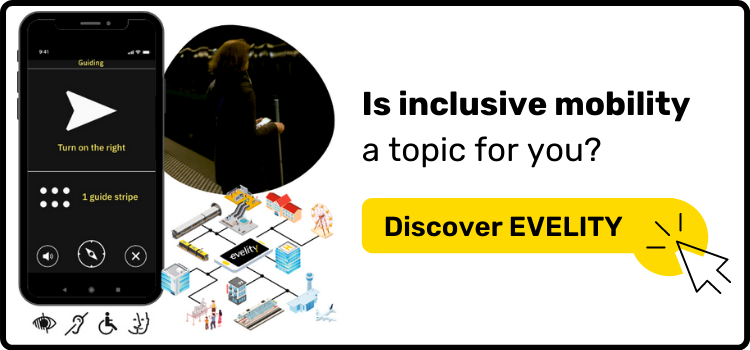

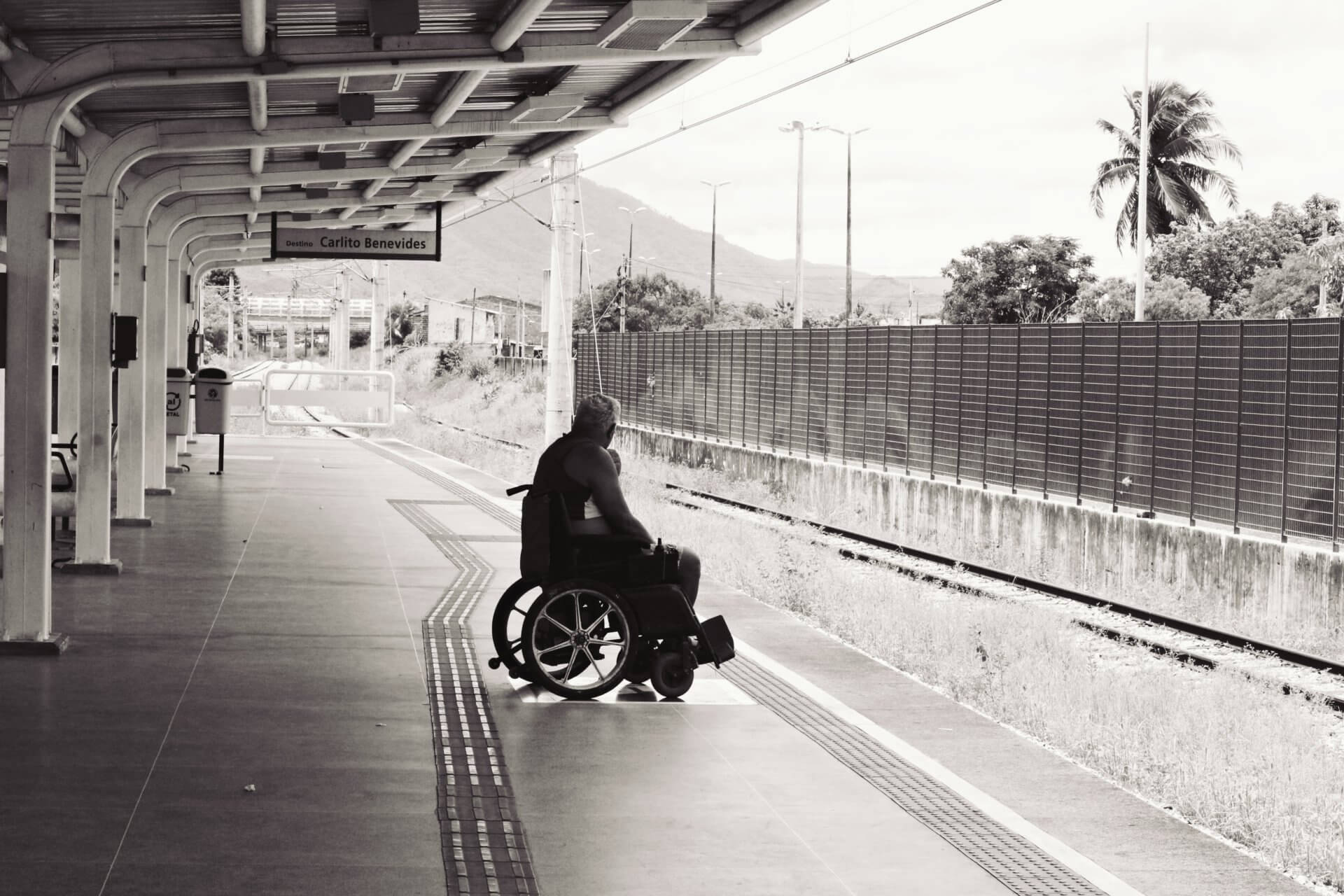

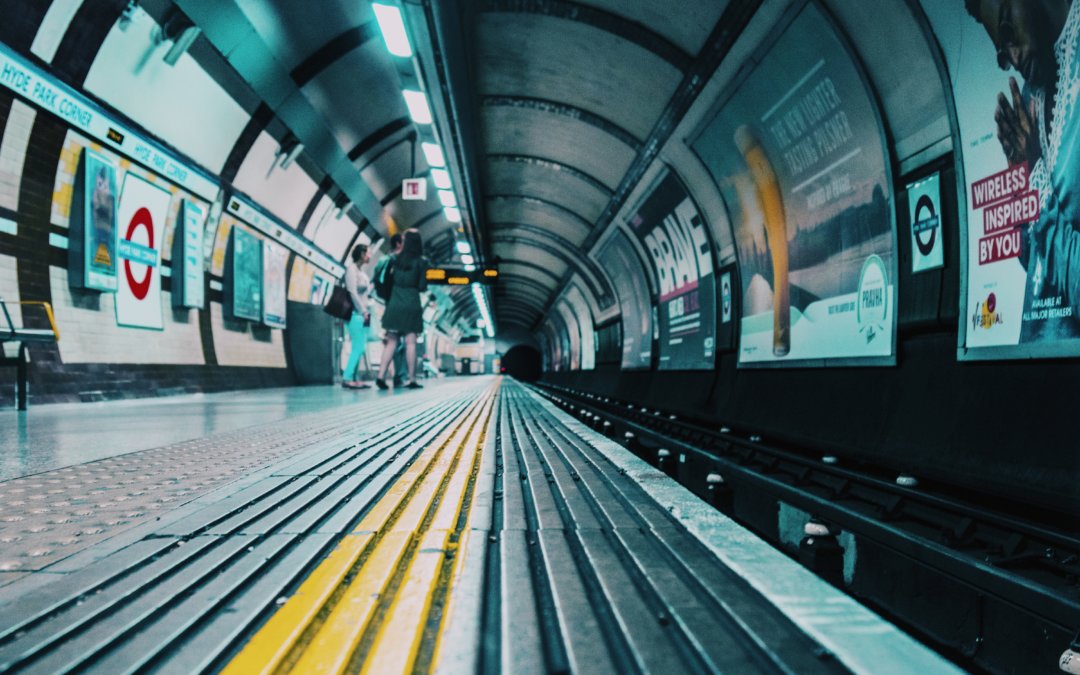
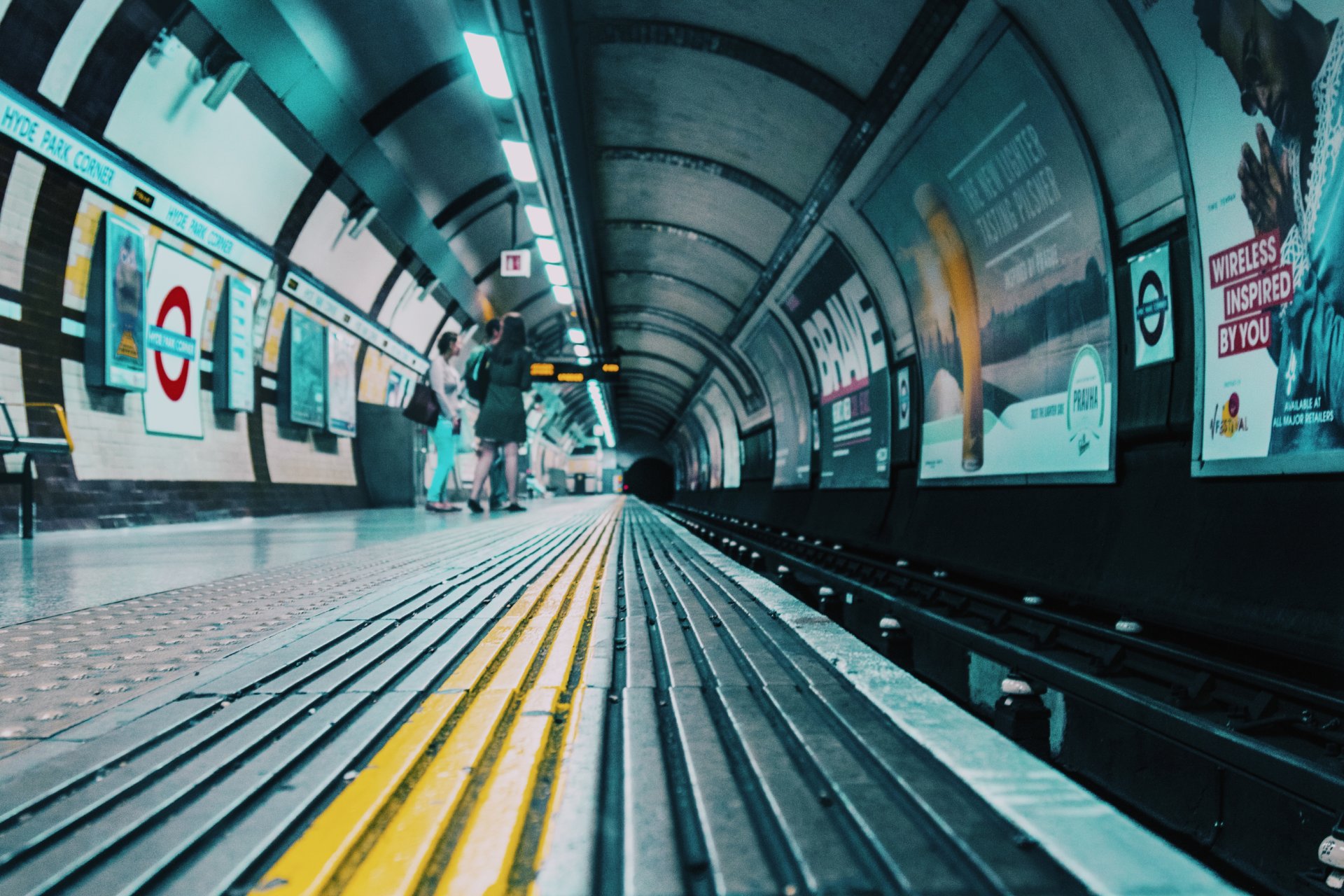
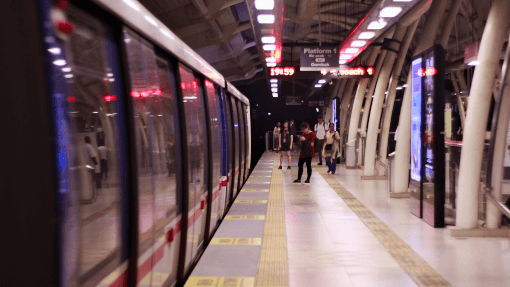

Recent Comments